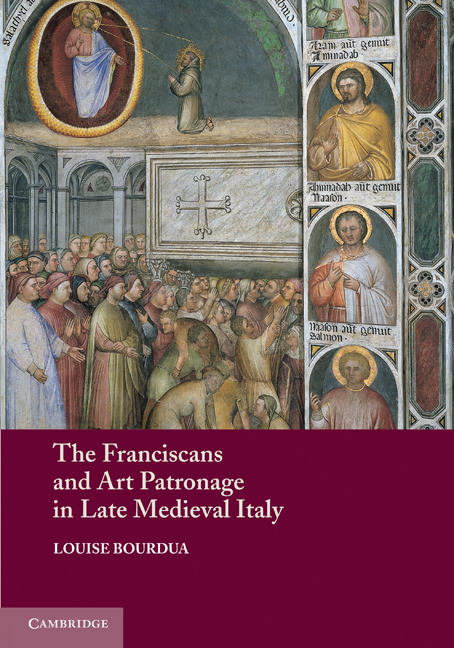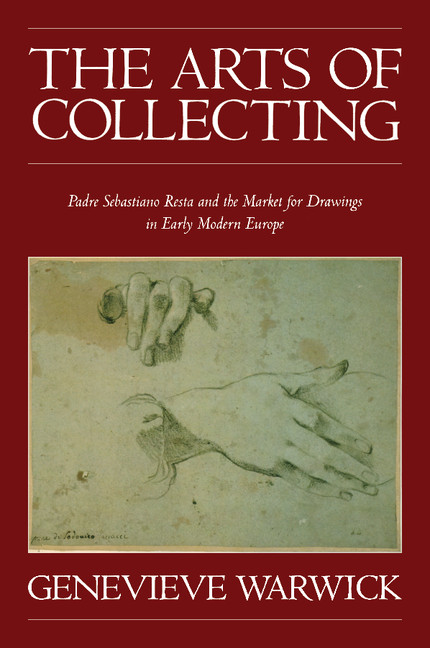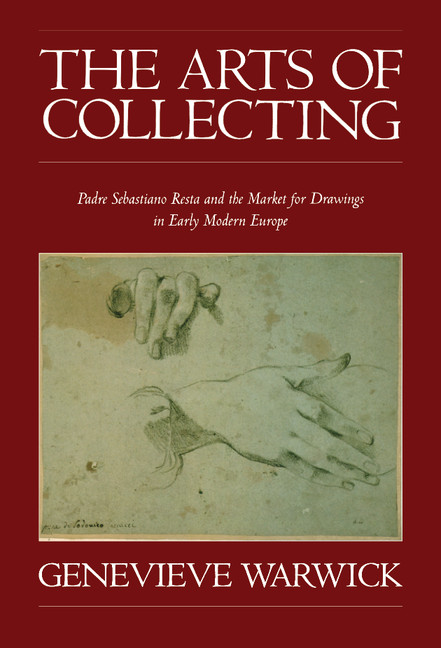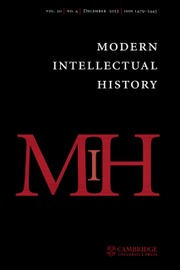Rethinking the Renaissance
In this study, Marina Belozerskaya re-establishes the importance of the Burgundian court as a center of art production and patronage in early modern Europe. Beginning with a historiographical and theoretical overview, she offers an analysis of contemporary documents and patterns of patronage, demonstrating that Renaissance tastes were formed through a fusion of international currents and art works in a variety of media. Among the most prestigious were those emanating out of the Burgundian court, which embodied prevailing contemporary values: magnificence in appearance, ceremony and surroundings, chivalry inspired by Greco-Roman antiquity, and power manifested through ingenious ensembles of luxury arts. The potency of this 'Burgundian mode' fostered a pan-European demand for its arts and their creators, with rulers in England, Germany, Spain and Italy itself eagerly acquiring Burgundian art works. This interdisciplinary study of the Burgundian arts provides a new paradigm for further inquiry into the pluralism and cosmopolitanism of the Renaissance.
- Revolutionary interpretation of Renaissance culture
- Numerous illustrations, many in color
- Cross-disciplinary and multimedia approach
Reviews & endorsements
"This book is important, thought-provoking and a wonderful addition to the scholarly literature."
Ingrid Alexander-Skipnes, University of Stavanger, International Journal of the Classical Tradition
"Rethinking the Renaissance is a treasue house, a true thesaurus, of facts and details pertaining to the production, patronage and reception of Bugundian arts in the fifteenth century."
Mark A. Meadow, University of California, Historians of Netherlandish Art
Product details
March 2012Paperback
9781107605442
384 pages
259 × 178 × 24 mm
0.92kg
87 b/w illus. 25 colour illus.
Out of stock in print form with no current plan to reprint
Table of Contents
- 1. The legacy of Vasari
- 2. Through fifteenth-century eyes: the Burgundian dukes on the international arena
- 3. Perceiving value: the hierarchy of the arts and their uses
- 4. The politics of desire: Burgundian arts across Europe
- 5. Economics of consumption: art for the masses.







